10 Cornstarch Alternatives for Baking Success
Finding a good substitute for cornstarch in baking can make all the difference when this pantry staple runs out at crucial moments.
This situation often triggers a rush to find an effective thickener or binder.
Fortunately, several reliable alternatives exist that preserve texture and flavor.
Each brings distinct properties that sometimes even enhance the dish.
Growing dietary needs and ingredient trends have expanded substitution options dramatically.
Some replacements may already be in your cupboard, awaiting discovery.
Equipped with this knowledge, you can confidently tackle recipes calling for cornstarch without hesitation.
The Role of Cornstarch in Baking
Cornstarch is a handy ingredient in baking that helps make your desserts lighter and softer.
It’s often mixed with flour to create a finer texture in cakes, cookies, and shortbread.
Cornstarch absorbs liquid, which keeps baked goods from becoming soggy, and it can help thicken pie fillings or custards without changing their flavor.
By reducing gluten development, cornstarch can make your treats more tender and crumbly.
Overall, using a little cornstarch can give your baked goods a melt-in-your-mouth feel and a smoother finish.
What Are Cornstarch Substitutes in Baking?
Missing cornstarch in the middle of baking may feel inconvenient, but it’s easy to keep going by replacing it with something that works just as well in holding the recipe together. This way, the process remains smooth from start to finish without unnecessary pauses.
Wheat Flour
Wheat flour stands as a popular substitute for cornstarch, though it requires different measurements due to its unique composition.
In recipes, you need to use twice as much white flour as cornstarch because wheat flour contains protein and fiber along with starch.
For example, two tablespoons of white flour will replace one tablespoon of cornstarch when thickening sauces or gravies.
People with gluten sensitivities should avoid this swap since wheat flour isn't gluten-free, unlike cornstarch.
Whole grain varieties contain even more fiber than white flour, so they might require additional adjustments to achieve the same thickening power in your cooking.
Arrowroot
Arrowroot, a starchy flour from tropical Maranta plants, is an excellent substitution for cornstarch in recipes requiring thickeners.
Most cooks appreciate its ability to form a clear gel when mixed with water, unlike cornstarch which can create cloudy mixtures.
Twice the amount of arrowroot is needed compared to cornstarch for similar thickening results, so measuring carefully matters.
Many health-conscious people prefer this alternative because it contains more fiber and beneficial nutrients than regular cornstarch.
Those following gluten-free diets can safely use arrowroot as it contains no gluten, making it versatile for various dietary needs.
Potato Starch
Potato starch is an excellent cornstarch substitute, created by crushing potatoes to extract their starch content before drying them into a fine powder.
With its mild flavor, this gluten-free alternative won't overpower your dishes while still delivering effective thickening power.
Substitution is simple - just use potato starch in the same amount as cornstarch called for in your recipe.
Many chefs recommend adding potato starch toward the end of cooking since it thickens much faster than grain-based starches.
Prolonged heating can actually break down potato starch, causing it to lose its thickening abilities, so timing matters when using this high-carb, low-protein alternative.
Tapioca
Tapioca comes from cassava roots, originally found in South America, and must undergo careful processing to remove any potentially harmful cyanide compounds before consumption.
Making this versatile starch involves grinding cassava into pulp, extracting the starchy liquid, then drying it to create flour, pearls, or flakes that work perfectly in many recipes.
People with gluten sensitivities appreciate tapioca as a safe alternative since it contains no gluten and behaves similarly to wheat-based thickeners in cooking.
Rice Flour
Substituting rice flour for wheat or cornstarch offers a gluten-free alternative that many Asian cultures have embraced for centuries in their desserts, noodles, and soups.
This finely ground powder works wonderfully as a thickening agent in recipes where you need something reliable without gluten concerns.
Rice flour stands out because it creates a colorless solution when mixed with water, making it perfect for clear sauces and gravies where appearance matters.
For best results, simply use twice as much rice flour as you would cornstarch to achieve similar thickness in your dishes.
Ground Flaxseeds
Flaxseeds mixed with water create a helpful jelly that works as a thickening agent in various recipes.
The texture might feel slightly gritty compared to the smoothness of cornstarch, but this natural alternative packs an impressive amount of soluble fiber into your meals.
Many health-conscious cooks prefer using one tablespoon of ground flaxseeds combined with four tablespoons of water to replace approximately two tablespoons of cornstarch in soups, sauces, and baked goods.
This simple substitution not only adds nutritional benefits but also brings a subtle nutty flavor that complements both sweet and savory dishes.
Glucomannan
Glucomannan, a powdered soluble fiber from konjac plant roots, creates a thick gel when mixed with hot water that many people love as a zero-calorie, carb-free alternative to cornstarch.
The powerful thickening agent works exceptionally well in recipes, requiring only a quarter teaspoon to replace two teaspoons of cornstarch, though it should be mixed with cold water first to prevent clumping.
Health benefits make this substitute even more appealing, as it functions as a probiotic that supports good gut bacteria and digestive health.
Psyllium Husk
Substituting psyllium husk for traditional thickeners offers a plant-based solution packed with soluble fiber and very few carbs.
Many health-conscious cooks prefer this alternative because just a tiny amount; about half a teaspoon to start; creates substantial thickness in soups, sauces, and baked goods.
The neutral taste won't overpower your recipes, making it perfect for both sweet and savory dishes.
Psyllium works differently than cornstarch or flour, absorbing liquid to form a gel-like consistency rather than breaking down during cooking.
For best results, mix it with cold liquid before adding to your recipe, then watch as it gradually thickens over several minutes.
Xanthan Gum
Xanthan gum, a powder created through bacterial fermentation of sugar, is a powerful thickening agent in many recipes where just a tiny amount makes liquids noticeably thicker.
The production process involves drying and grinding a gel formed by the bacteria Xanthomonas campestris, making it easy to incorporate into foods.
Most people tolerate xanthan gum well in the small quantities typically used for cooking, though larger amounts might cause digestive issues for some individuals.
Starting with just a pinch and gradually increasing the amount helps you find the perfect balance for your dishes.
Too much of this versatile ingredient can turn your creation slimy, so measuring carefully ensures the best results.
Guar Gum
Guar gum is a versatile vegetable gum derived from legume-based guar beans, which undergo processing to remove outer husks before the starchy endosperm is dried and ground into powder form.
Many cooks choose this thickening agent over xanthan gum due to its more affordable price point while still delivering excellent results.
The high soluble fiber content combined with minimal calories makes guar gum particularly attractive for health-conscious cooking and baking projects.
For best results in your recipes, start with just a quarter teaspoon of this potent thickener and adjust gradually until reaching your desired consistency.
Tips for Swapping Cornstarch in Gluten-Free Baking
Cornstarch is a common thickener in gluten-free baking, but there are several easy ways to swap it out if you want to change up your recipes or if you run out.
Substituting Cornstarch: Your Baking Question
1. What can I use instead of cornstarch in baking?
You can use arrowroot powder, potato starch, tapioca starch, rice flour, or all-purpose flour as substitutes for cornstarch in most baking recipes.
2. Will using a substitute change the texture of my baked goods?
Yes, different starches may affect the texture and appearance. Arrowroot and potato starch create a similar result, while flour may make things slightly denser.
3. How much of a substitute should I use compared to cornstarch?
For arrowroot or potato starch, use the same amount as cornstarch. For all-purpose flour, use about twice as much to achieve the same thickening power.
4. Can I use cornstarch substitutes in gluten-free recipes?
Arrowroot, potato starch, and tapioca are all gluten-free options, making them suitable for gluten-free baking.
5. Will a substitute affect the flavor of my recipe?
Most starch substitutes are flavorless, but all-purpose flour may add a slight wheat taste to delicate baked goods.
6. Are cornstarch substitutes suitable for thickening fillings and sauces?
Yes, most substitutes work well for thickening pie fillings, custards, and sauces. Adjust quantities based on the specific substitute used.

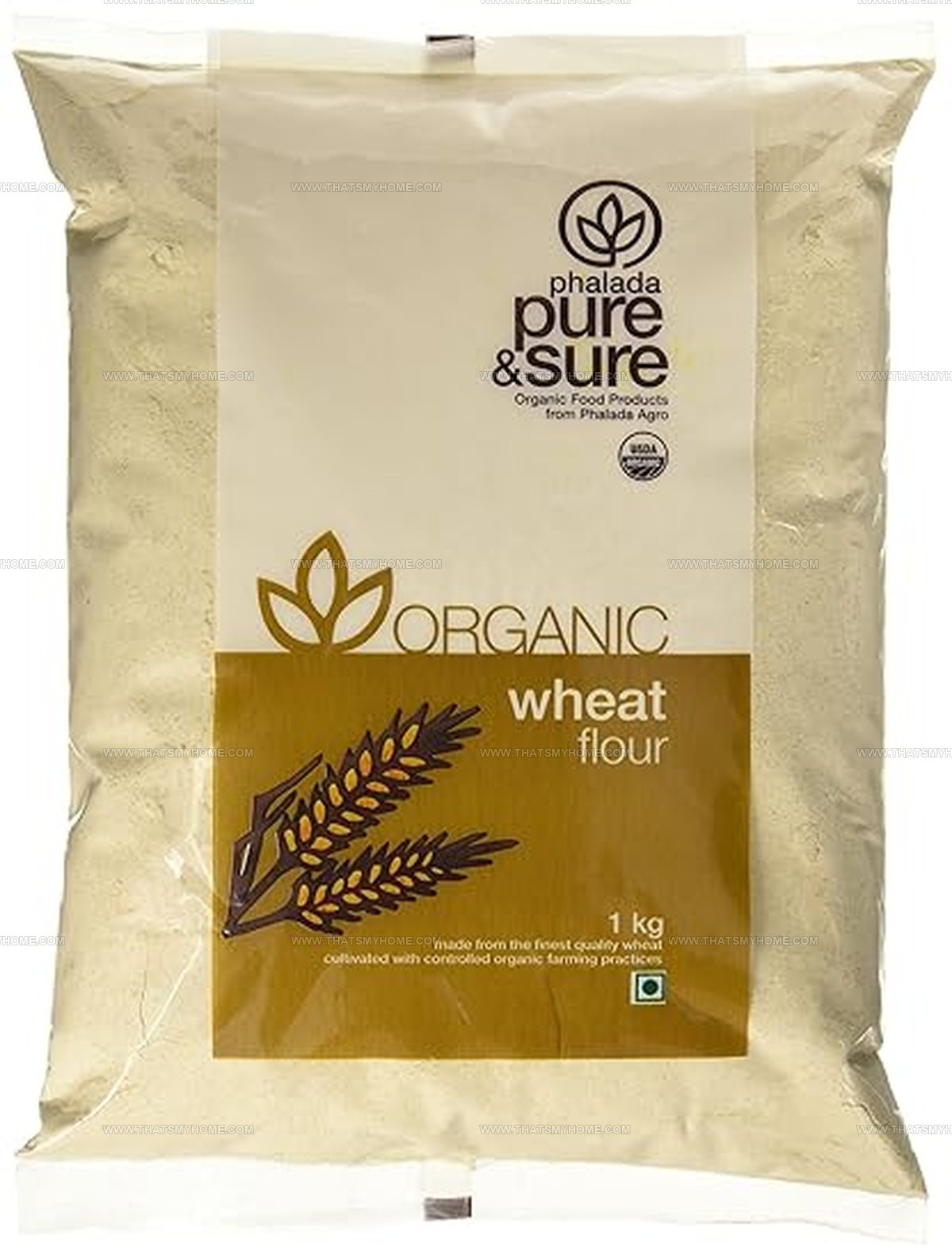

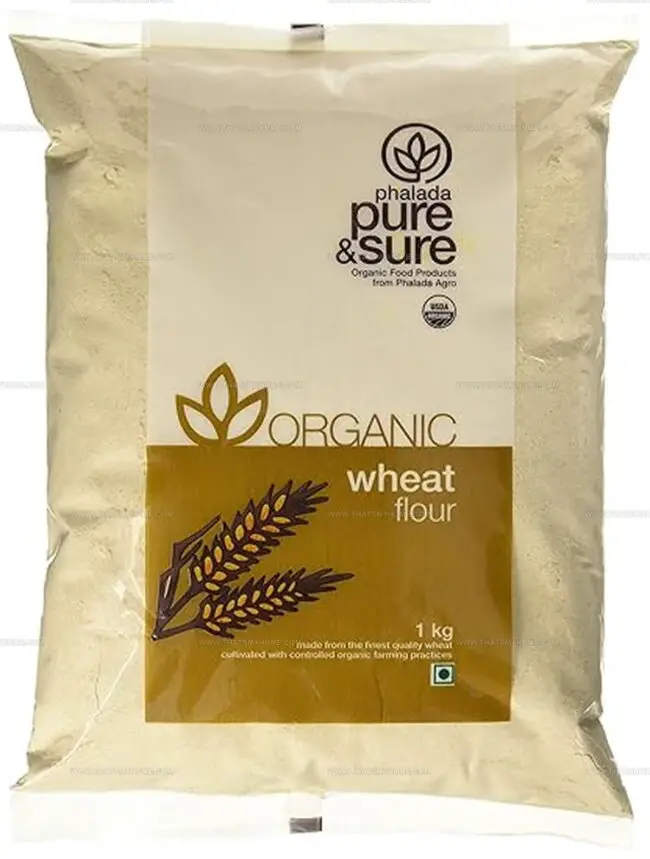
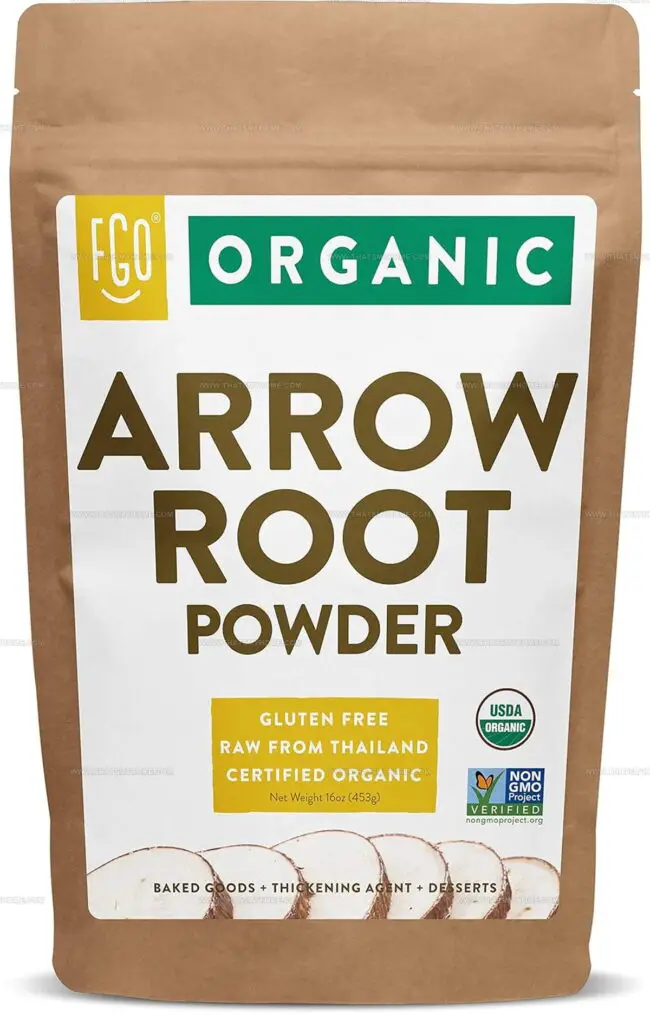
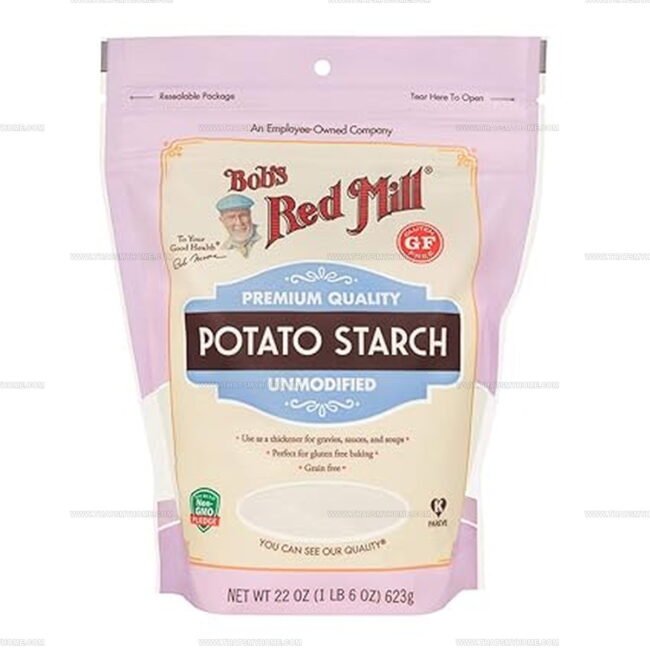

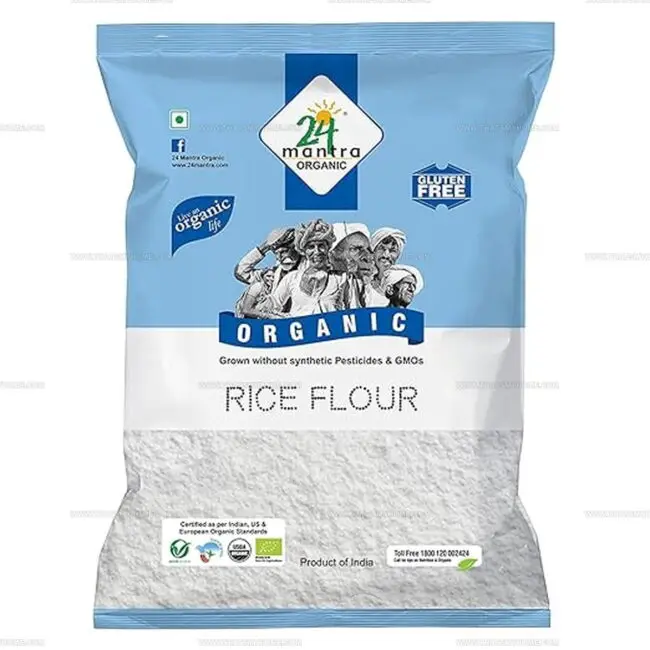
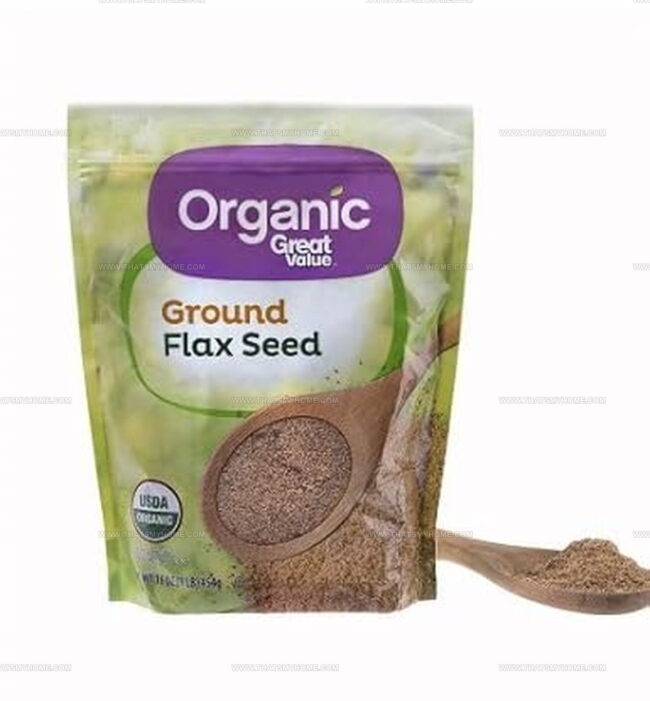

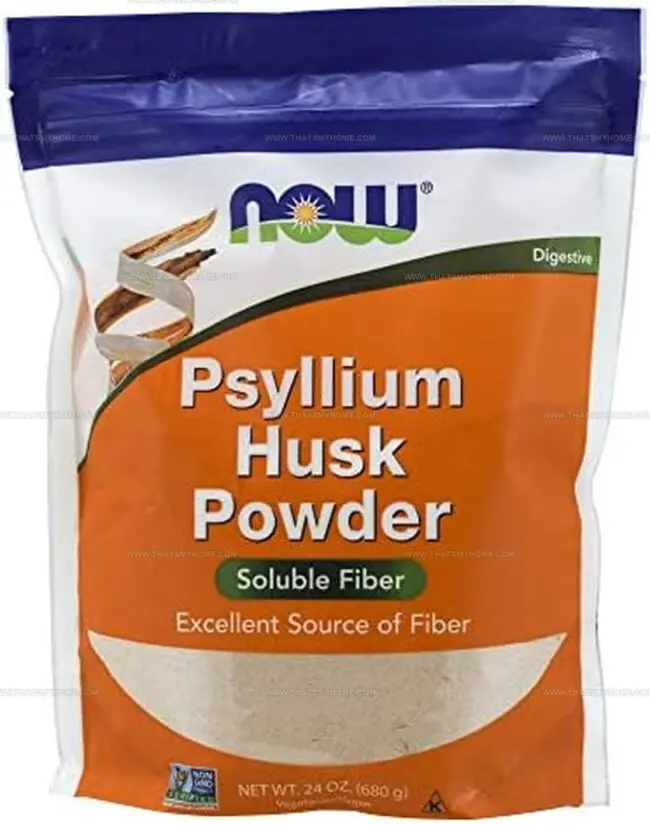
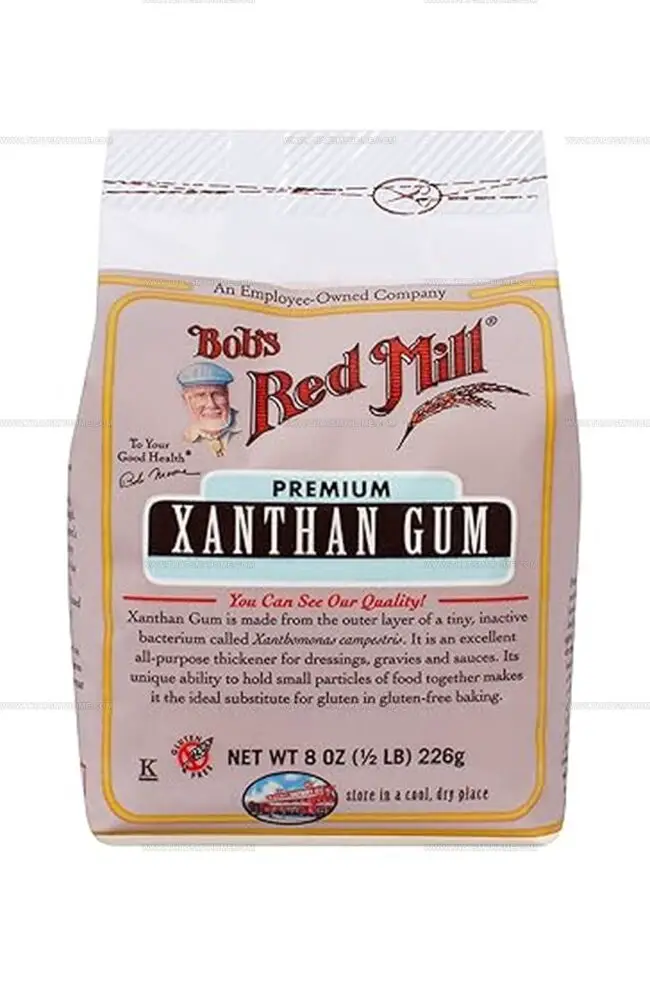
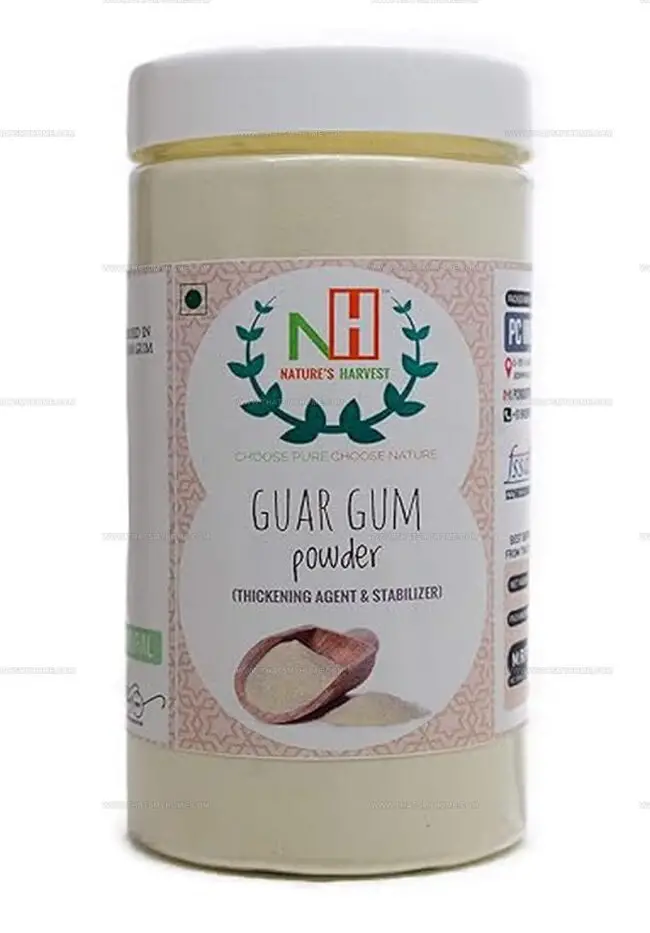
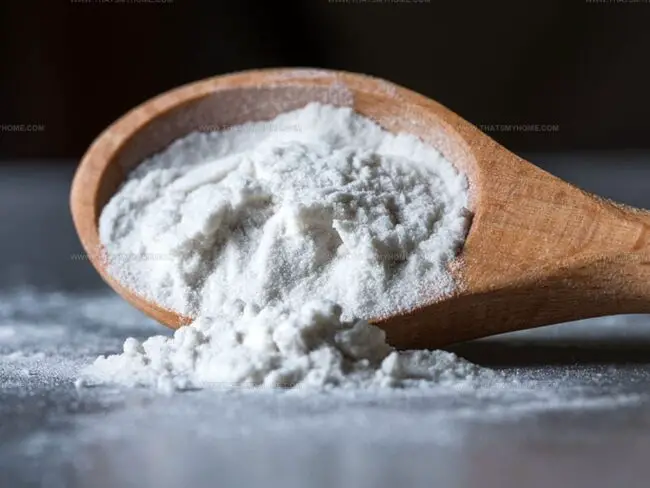
Michael Rivera
Co-Founder & Culinary Instructor
Expertise
Education
The French Culinary Institute (now part of the International Culinary Center)
Michael Rivera is a seasoned chef and culinary instructor based in San Francisco, CA. Trained in Classic Culinary Arts at The French Culinary Institute, he refined his skills in Michelin-starred kitchens, mastering classic French techniques and artisanal bread baking.
Passionate about making gourmet methods accessible, Michael co-founded thatsmyhome.com to share his expertise through interactive online lessons and innovative, plant-based recipes. He loves blending traditional techniques with modern ideas, encouraging home cooks to enjoy the art of cooking in a relaxed, fun environment.